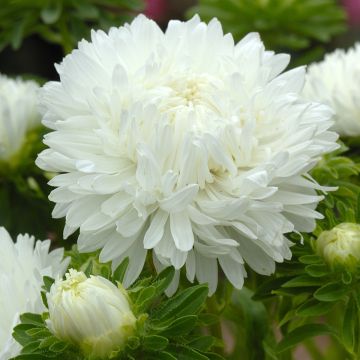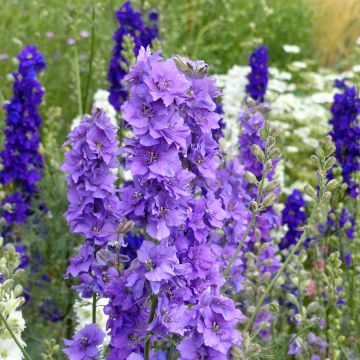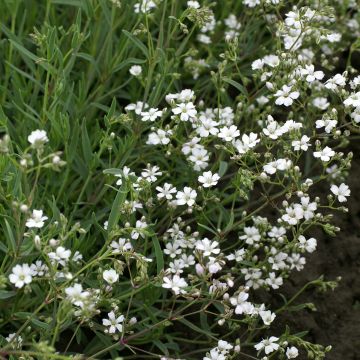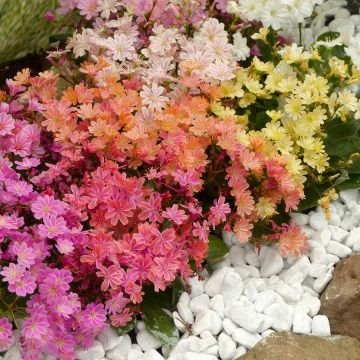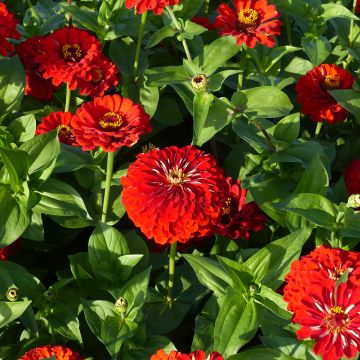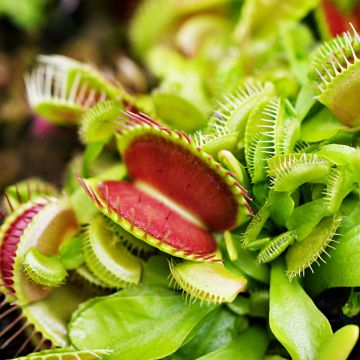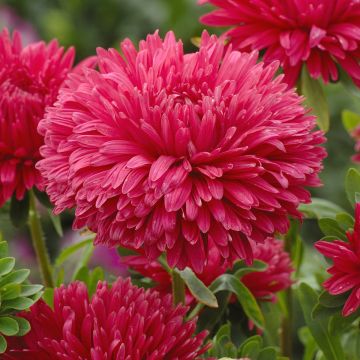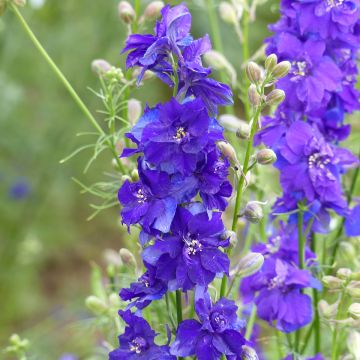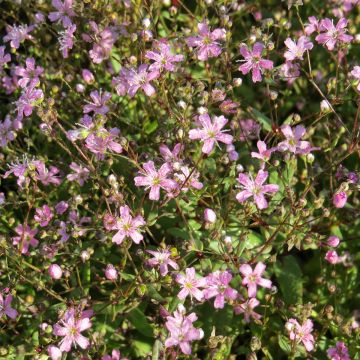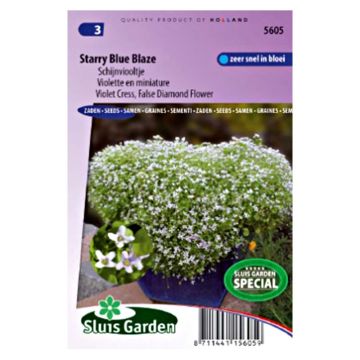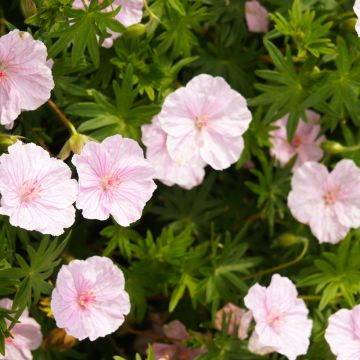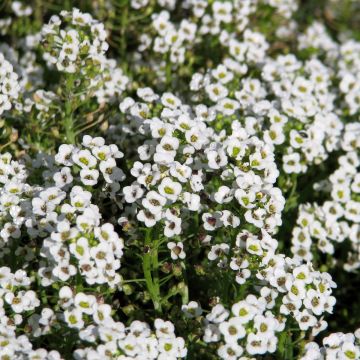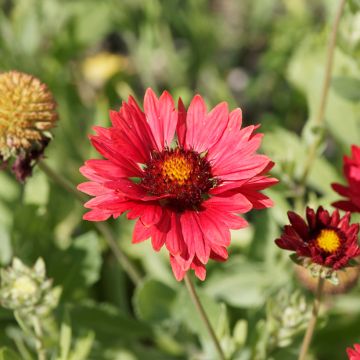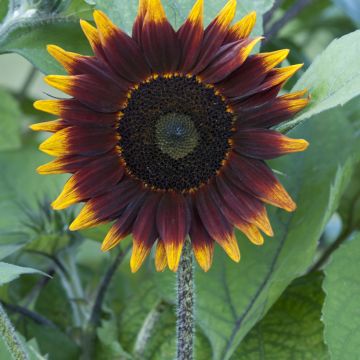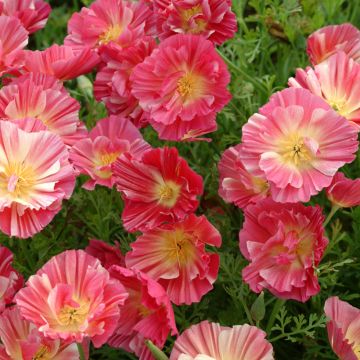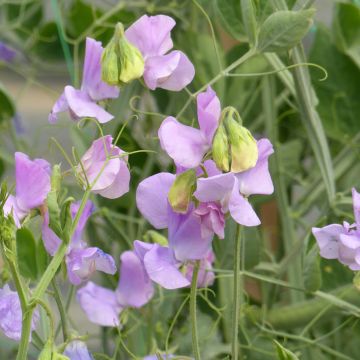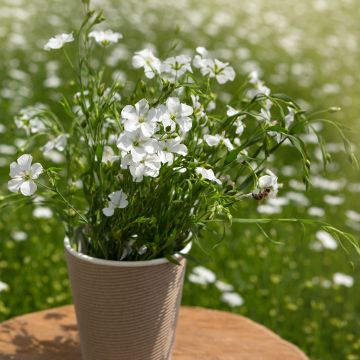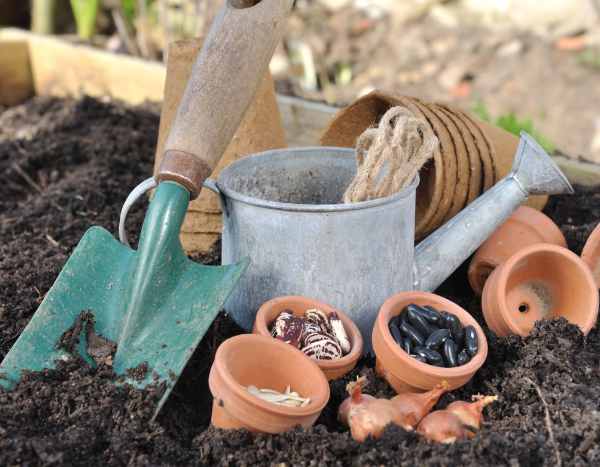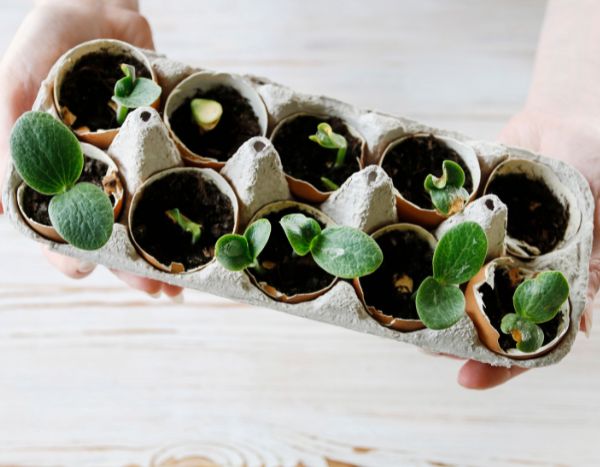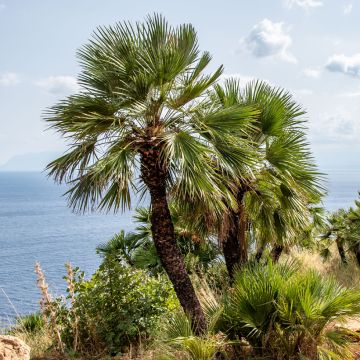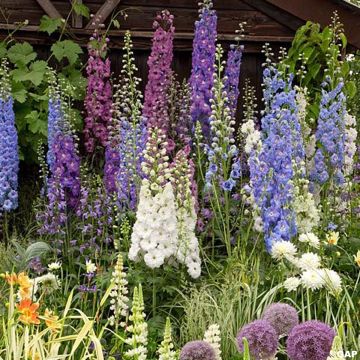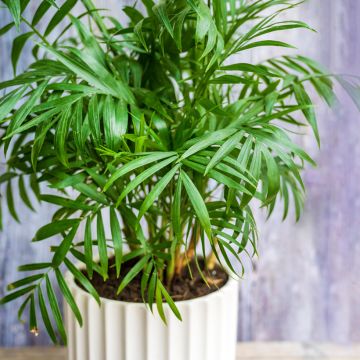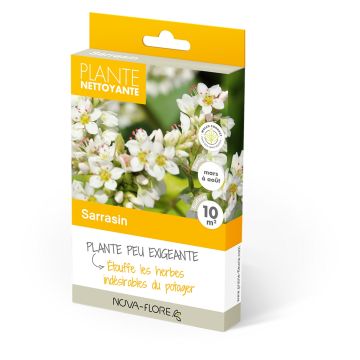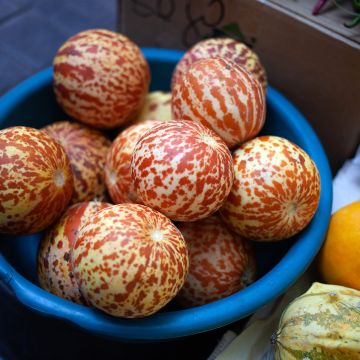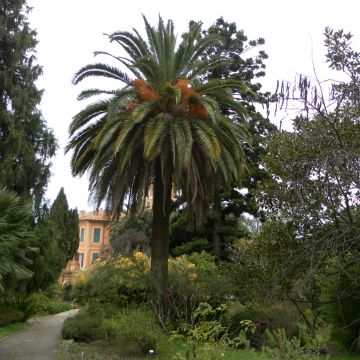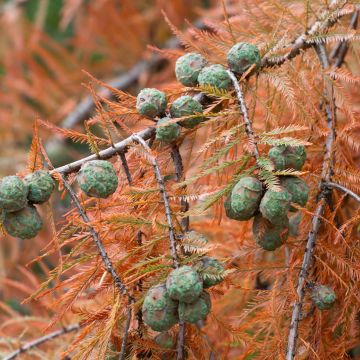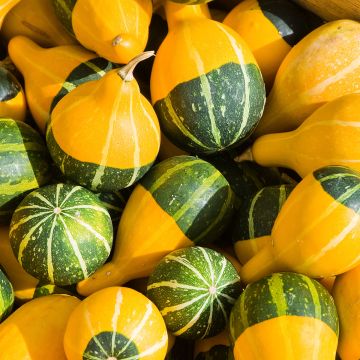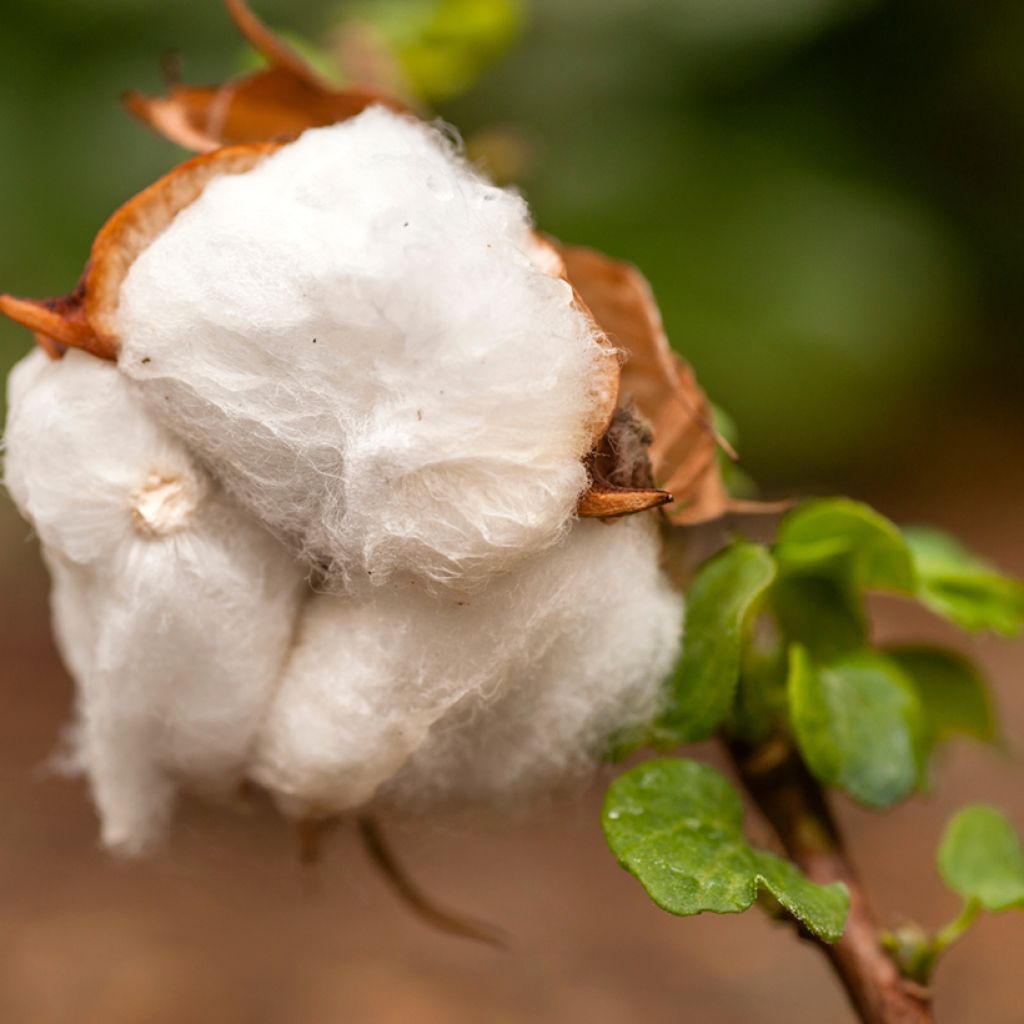

Gossypium herbaceum - Levant cotton
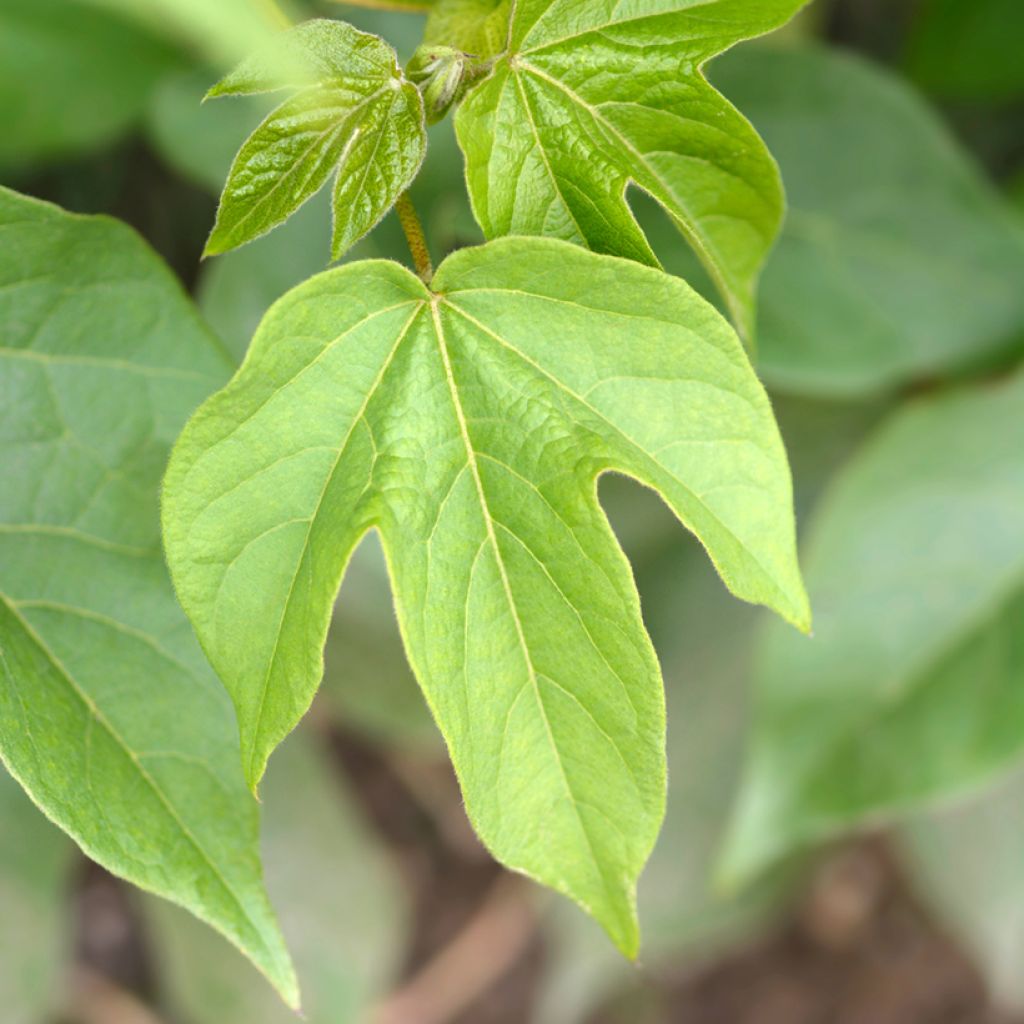

Gossypium herbaceum - Levant cotton
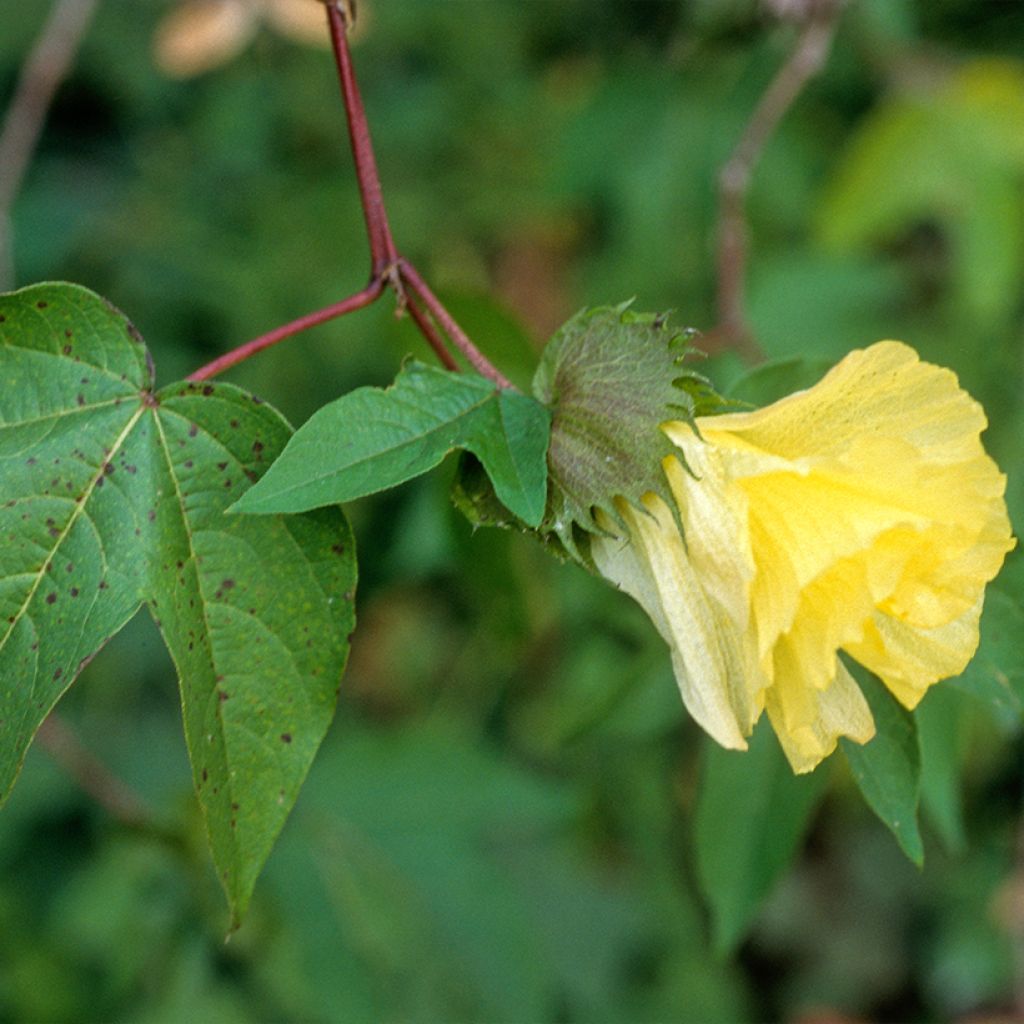

Gossypium herbaceum - Levant cotton
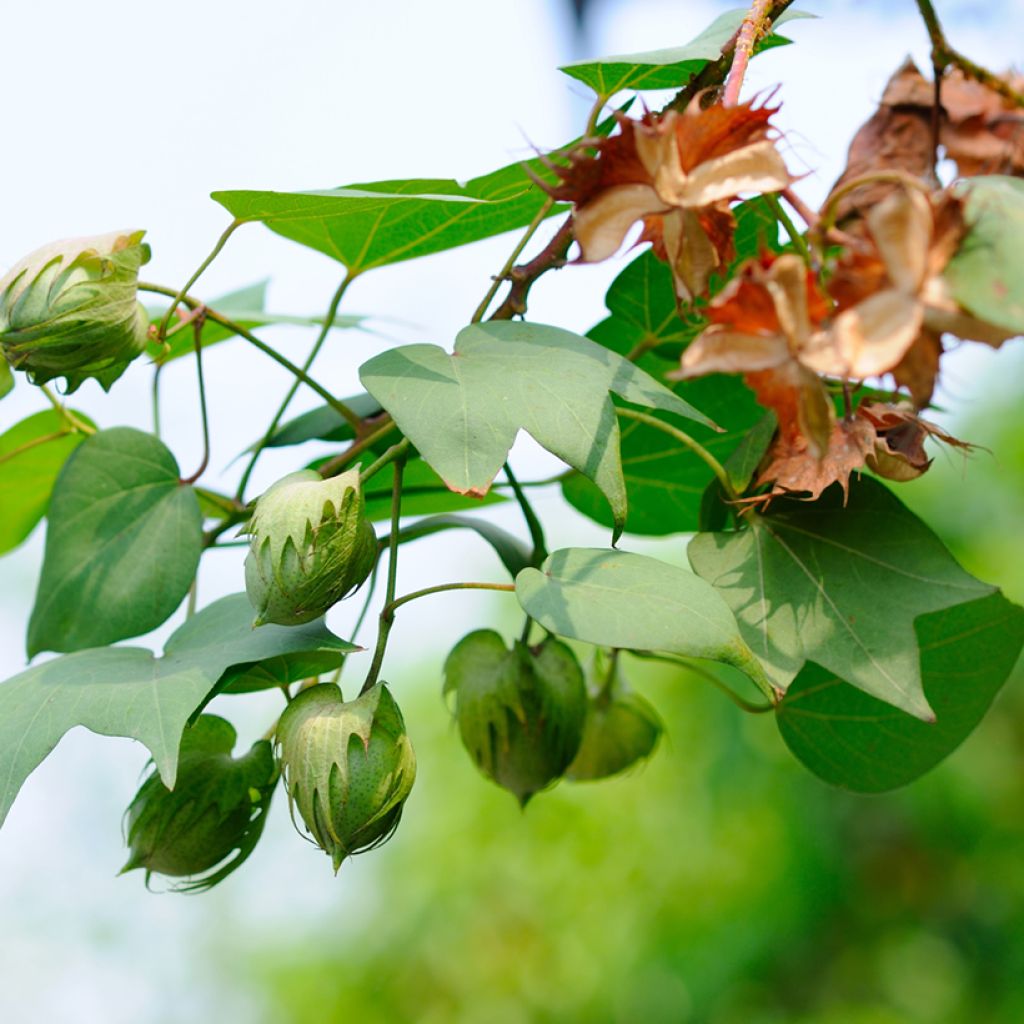

Gossypium herbaceum - Levant cotton
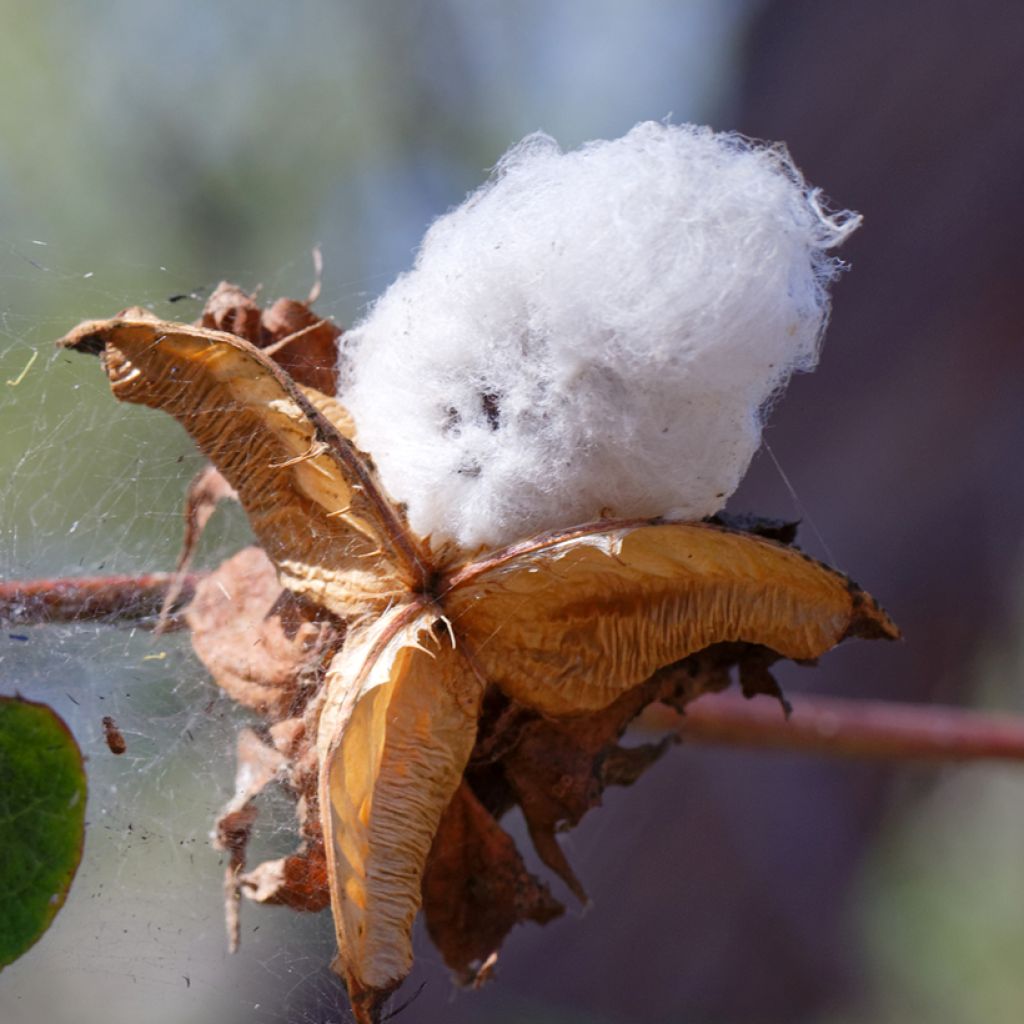

Gossypium herbaceum - Levant cotton
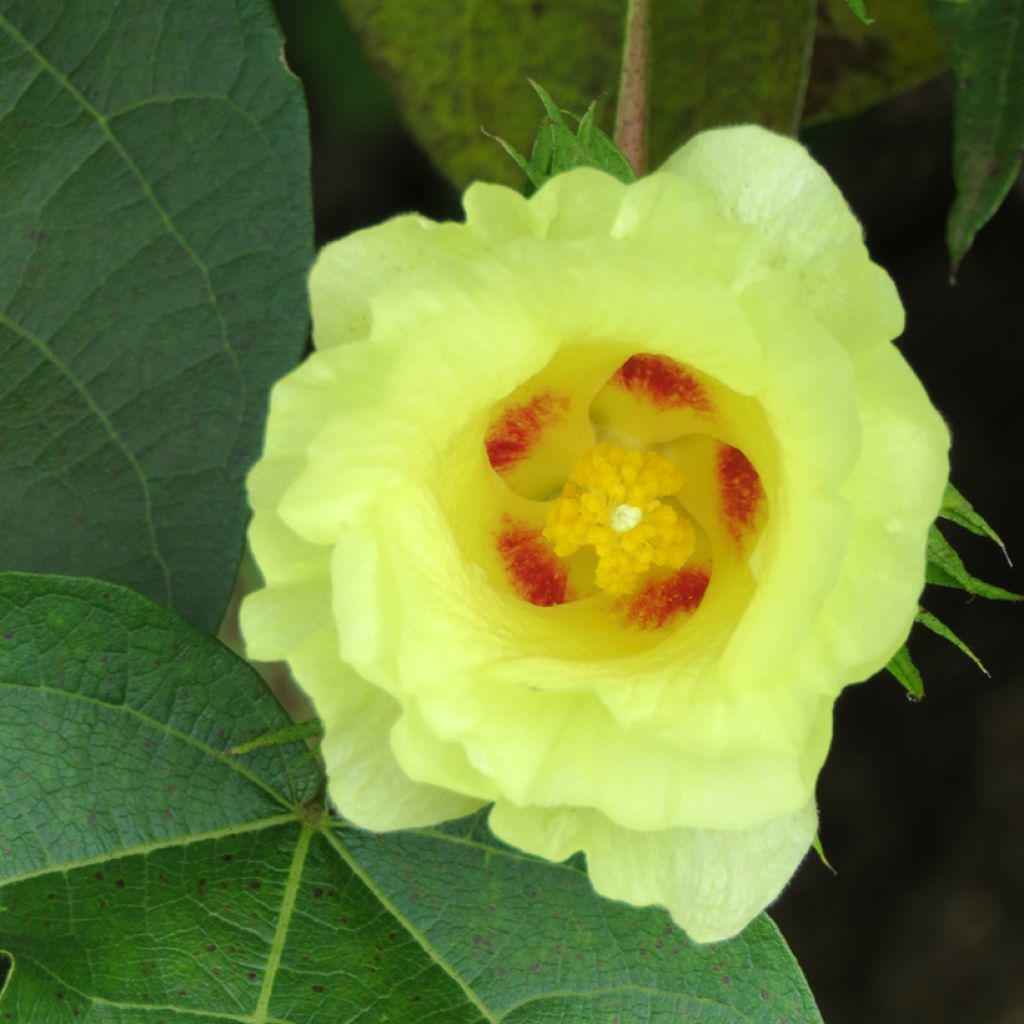

Gossypium herbaceum - Levant cotton
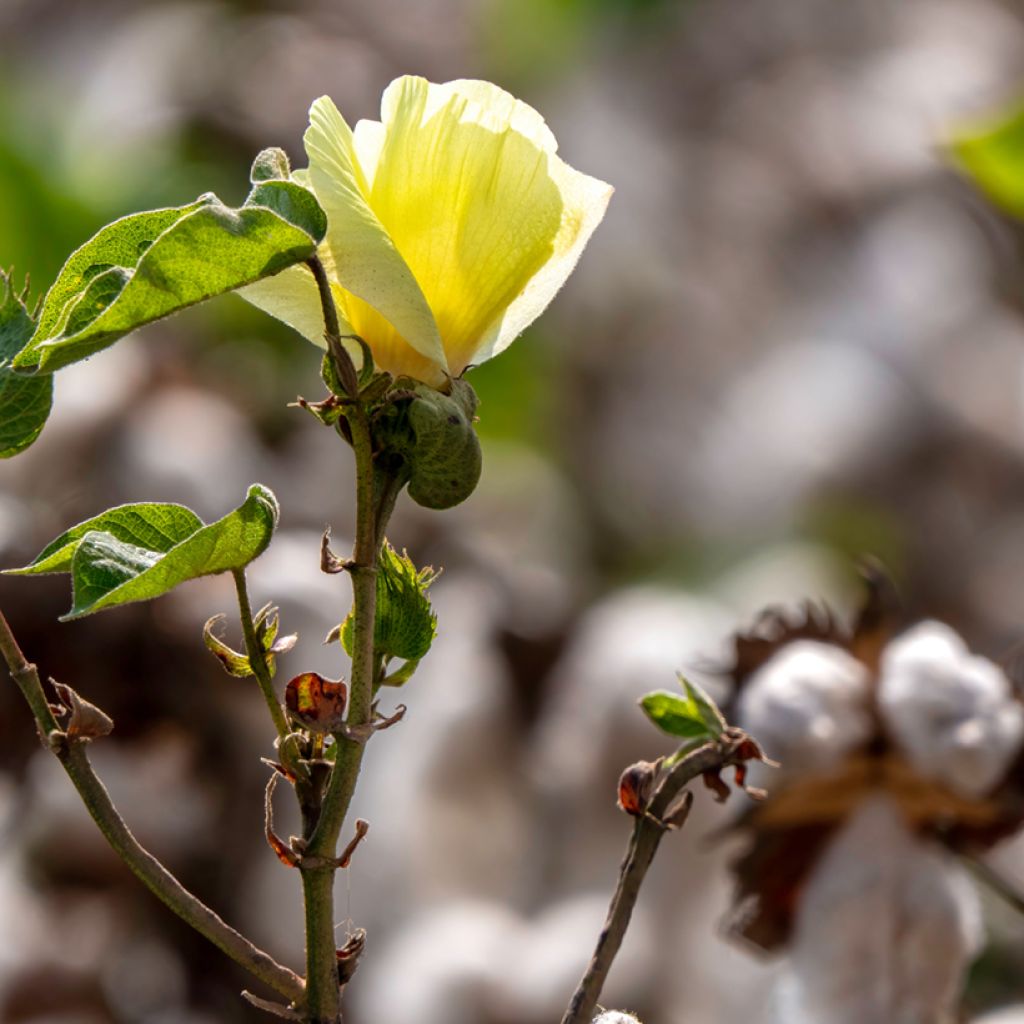

Gossypium herbaceum - Levant cotton
Gossypium herbaceum - Levant cotton
Gossypium herbaceum
Levant cotton
Special offer!
Receive a €20 voucher for any order over €90 (excluding delivery costs, credit notes, and plastic-free options)!
1- Add your favorite plants to your cart.
2- Once you have reached €90, confirm your order (you can even choose the delivery date!).
3- As soon as your order is shipped, you will receive an email containing your voucher code, valid for 3 months (90 days).
Your voucher is unique and can only be used once, for any order with a minimum value of €20, excluding delivery costs.
Can be combined with other current offers, non-divisible and non-refundable.
Why not try an alternative variety in stock?
View all →This plant carries a 6 months recovery warranty
More information
We guarantee the quality of our plants for a full growing cycle, and will replace at our expense any plant that fails to recover under normal climatic and planting conditions.
Would this plant suit my garden?
Set up your Plantfit profile →
Description
The cotton plant (Gossypium herbaceum) is an annual plant in our temperate climates. It is cultivated for its fluffy capsules and decorative pods filled with white cotton balls. It is a staple in dried bouquets and floral arrangements. A lover of warmth, the cotton plant is easily grown in full sun and well-drained soil. Sow in spring, after the last frosts, either in pots or directly in the ground. Flowering occurs in summer, producing capsules that release cotton fibres by late summer or autumn. Perfect for curious gardeners and enthusiasts of unique crops!
Gossypium herbaceum, or the herbaceous cotton plant, belongs to the Malvaceae family. This species originates from the semi-arid regions of sub-Saharan Africa and Arabia, where it still grows wild as a perennial bush. In its natural state, Gossypium herbaceum is mainly found in southern and eastern Africa, as well as in Arabia. It thrives in well-drained, non-calcareous soils and very sunny exposures. This adaptation to dry environments allows it to flourish in habitats where few other plants can survive. This plant requires warmth, meaning optimal temperatures between 25°C and 35°C for about 150 days. Gossypium herbaceum has a bushy habit, with divided branches. Its growth is rapid, particularly in hot and sunny climates. Grown as an annual, it forms a clump approximately 1 m tall and 50 cm wide. Its palmate and lobed, deep green leaves measure between 5 and 10 cm wide. They fall at the end of the growing cycle if the plant is cultivated as an annual. Flowering generally occurs between June and August in temperate climates. The solitary flowers, in the axil of the leaves, measure 3 to 5 cm in diameter. They resemble hibiscus flowers, pale yellow with a purple centre. Their funnel-shaped corolla consists of five delicate petals surrounding a long protruding pistil. The flowers attract pollinating insects. After flowering, the plant produces ovoid capsules, measuring 2 to 3 cm long, which contain the seeds enveloped in white or slightly yellowish fibres. These capsules turn brown and open naturally when ripe, releasing the cotton. The calyxes, now dry and woody, take on a beige-brown hue. The cotton plant's root system is a taproot, a deep main root that allows the plant to withstand drought. In annual cultivation, root development remains more superficial, especially in pots or compacted soil.
It is possible to grow the cotton plant in a pot to keep it for several years: this allows it to be brought indoors in autumn to protect it from the cold. Place the pot in a bright, frost-free location (greenhouse, conservatory, or indoors near a window). Watering should be reduced in winter, as the plant enters dormancy.
Gossypium herbaceum is one of the oldest domesticated cotton species. Traces of its cultivation have been found in North Africa and the Middle East, dating back several millennia. It is believed to have been used in Egypt and India for textile production long before the introduction of more productive species like Gossypium hirsutum. Beyond textile production, its seeds are used for vegetable oil and animal feed, while its dried calyxes are highly prized in floral art. In gardening, its cultivation attracts the curious and enthusiasts of exotic plants, offering ornamental flowering and educational insight into the history of textiles.
Report an error about the product description
Gossypium herbaceum - Levant cotton in pictures


Flowering
Foliage
Plant habit
Botanical data
Gossypium
herbaceum
Malvaceae
Levant cotton
Gossypium transvaalense
North Africa, South Africa, East Africa, India
Other Flower seeds A to Z
View all →Planting and care
To successfully sow Gossypium herbaceum (herbaceous cotton), start by sowing the seeds in spring, ideally in March-April, when temperatures begin to warm up. To encourage germination, soak them in warm water for 12 to 24 hours before sowing.
Use a special seed compost, light and well-draining. A good mix consists of 2/3 universal compost and 1/3 sand. Sow the seeds in individual pots or a seed tray with drainage holes. Place them 1 cm deep, then lightly cover with substrate.
Keep the substrate slightly moist by spraying water regularly, without excess. Place the sowing in a warm and bright spot, at a stable temperature of 20 to 25 °C. A propagator or a spot near a sunny window is ideal. The seeds usually germinate in 8 to 15 days.
When the young plants have developed 2 to 3 true leaves, carefully transplant them into larger individual pots, avoiding damage to the roots. Continue to maintain good humidity and adequate light exposure. Once outdoor temperatures exceed 15 °C, you can gradually acclimatise your plants to the outdoors.
Sowing period
Intended location
Planting & care advice
This item has not been reviewed yet - be the first to leave a review about it.
Similar products
Haven't found what you were looking for?
Hardiness is the lowest winter temperature a plant can endure without suffering serious damage or even dying. However, hardiness is affected by location (a sheltered area, such as a patio), protection (winter cover) and soil type (hardiness is improved by well-drained soil).

Photo Sharing Terms & Conditions
In order to encourage gardeners to interact and share their experiences, Promesse de fleurs offers various media enabling content to be uploaded onto its Site - in particular via the ‘Photo sharing’ module.
The User agrees to refrain from:
- Posting any content that is illegal, prejudicial, insulting, racist, inciteful to hatred, revisionist, contrary to public decency, that infringes on privacy or on the privacy rights of third parties, in particular the publicity rights of persons and goods, intellectual property rights, or the right to privacy.
- Submitting content on behalf of a third party;
- Impersonate the identity of a third party and/or publish any personal information about a third party;
In general, the User undertakes to refrain from any unethical behaviour.
All Content (in particular text, comments, files, images, photos, videos, creative works, etc.), which may be subject to property or intellectual property rights, image or other private rights, shall remain the property of the User, subject to the limited rights granted by the terms of the licence granted by Promesse de fleurs as stated below. Users are at liberty to publish or not to publish such Content on the Site, notably via the ‘Photo Sharing’ facility, and accept that this Content shall be made public and freely accessible, notably on the Internet.
Users further acknowledge, undertake to have ,and guarantee that they hold all necessary rights and permissions to publish such material on the Site, in particular with regard to the legislation in force pertaining to any privacy, property, intellectual property, image, or contractual rights, or rights of any other nature. By publishing such Content on the Site, Users acknowledge accepting full liability as publishers of the Content within the meaning of the law, and grant Promesse de fleurs, free of charge, an inclusive, worldwide licence for the said Content for the entire duration of its publication, including all reproduction, representation, up/downloading, displaying, performing, transmission, and storage rights.
Users also grant permission for their name to be linked to the Content and accept that this link may not always be made available.
By engaging in posting material, Users consent to their Content becoming automatically accessible on the Internet, in particular on other sites and/or blogs and/or web pages of the Promesse de fleurs site, including in particular social pages and the Promesse de fleurs catalogue.
Users may secure the removal of entrusted content free of charge by issuing a simple request via our contact form.
The flowering period indicated on our website applies to countries and regions located in USDA zone 8 (France, the United Kingdom, Ireland, the Netherlands, etc.)
It will vary according to where you live:
- In zones 9 to 10 (Italy, Spain, Greece, etc.), flowering will occur about 2 to 4 weeks earlier.
- In zones 6 to 7 (Germany, Poland, Slovenia, and lower mountainous regions), flowering will be delayed by 2 to 3 weeks.
- In zone 5 (Central Europe, Scandinavia), blooming will be delayed by 3 to 5 weeks.
In temperate climates, pruning of spring-flowering shrubs (forsythia, spireas, etc.) should be done just after flowering.
Pruning of summer-flowering shrubs (Indian Lilac, Perovskia, etc.) can be done in winter or spring.
In cold regions as well as with frost-sensitive plants, avoid pruning too early when severe frosts may still occur.
The planting period indicated on our website applies to countries and regions located in USDA zone 8 (France, United Kingdom, Ireland, Netherlands).
It will vary according to where you live:
- In Mediterranean zones (Marseille, Madrid, Milan, etc.), autumn and winter are the best planting periods.
- In continental zones (Strasbourg, Munich, Vienna, etc.), delay planting by 2 to 3 weeks in spring and bring it forward by 2 to 4 weeks in autumn.
- In mountainous regions (the Alps, Pyrenees, Carpathians, etc.), it is best to plant in late spring (May-June) or late summer (August-September).
The harvesting period indicated on our website applies to countries and regions in USDA zone 8 (France, England, Ireland, the Netherlands).
In colder areas (Scandinavia, Poland, Austria...) fruit and vegetable harvests are likely to be delayed by 3-4 weeks.
In warmer areas (Italy, Spain, Greece, etc.), harvesting will probably take place earlier, depending on weather conditions.
The sowing periods indicated on our website apply to countries and regions within USDA Zone 8 (France, UK, Ireland, Netherlands).
In colder areas (Scandinavia, Poland, Austria...), delay any outdoor sowing by 3-4 weeks, or sow under glass.
In warmer climes (Italy, Spain, Greece, etc.), bring outdoor sowing forward by a few weeks.






























